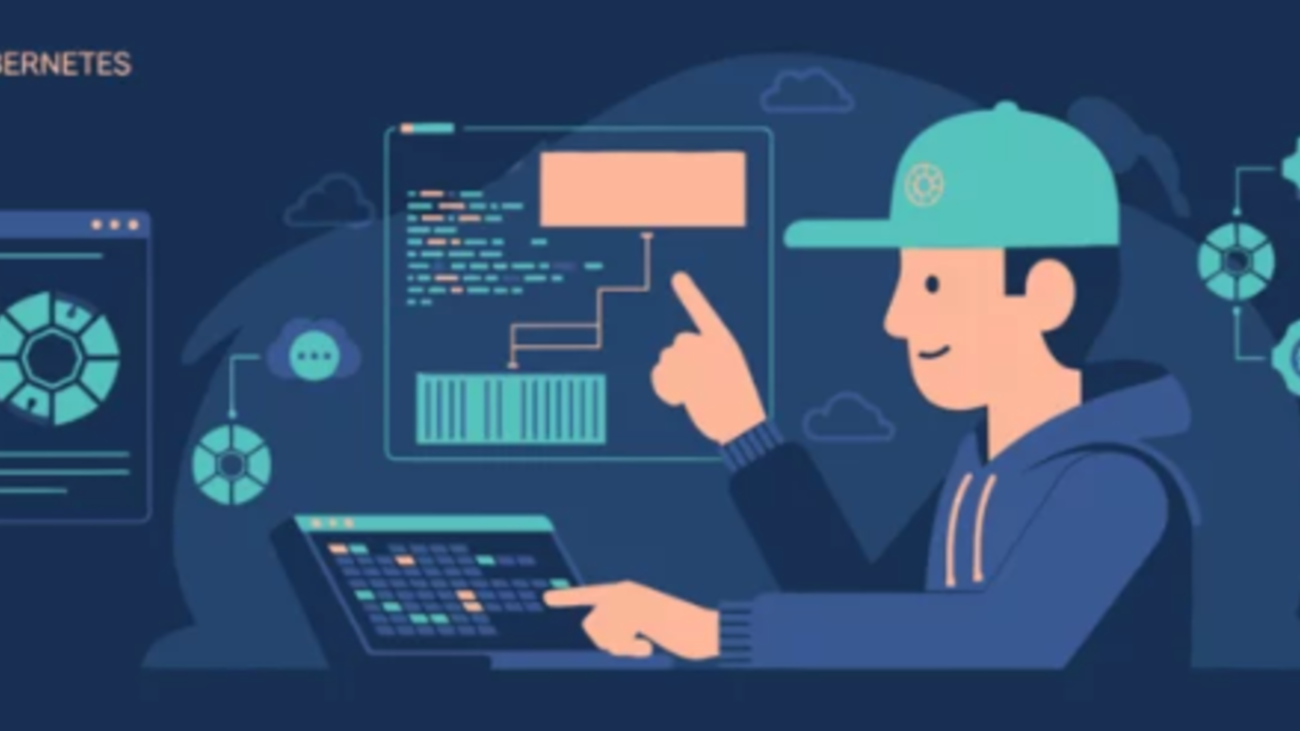Introduction.
In the rapidly evolving landscape of artificial intelligence (AI) and machine learning (ML), the year 2026 marks a pivotal moment where the demand for scalable, efficient, and reliable infrastructure has never been greater. As organizations continue to embrace AI/ML to drive innovation, enhance decision-making, and automate complex tasks, the underlying platforms supporting these workloads must keep pace with increasing complexity and scale. Kubernetes, an open-source container orchestration platform, has emerged as the cornerstone technology for managing AI/ML workloads, offering flexibility, portability, and powerful resource management capabilities.
However, the unique demands of AI and ML applications including intensive computation, GPU utilization, distributed training, and real-time inference present distinct challenges that go beyond traditional containerized application deployments. Consequently, optimizing Kubernetes to handle AI/ML workloads effectively has become a critical priority for enterprises aiming to maximize their return on investment and accelerate time-to-market for AI solutions.
This optimization journey encompasses a range of strategies, from advanced scheduling mechanisms and GPU resource partitioning to integrating robust MLOps pipelines and enhancing monitoring and observability. In 2026, specialized tools and innovations tailored specifically for AI/ML workloads have emerged, transforming Kubernetes from a generic orchestration engine into a finely tuned platform optimized for machine learning lifecycle management.
Moreover, with the rise of hybrid and multi-cloud deployments, edge computing, and energy-efficient scheduling, organizations face new opportunities and challenges in managing AI workloads across diverse environments. This blog aims to explore the state of Kubernetes for AI/ML workloads in 2026, highlighting the best practices, cutting-edge technologies, and emerging trends that are shaping how teams build, deploy, and scale their machine learning pipelines.
Whether you are a data scientist, ML engineer, DevOps professional, or technology leader, understanding these optimization techniques will empower you to harness Kubernetes’ full potential for AI/ML. By diving into specialized schedulers, GPU sharing technologies like NVIDIA MIG, CI/CD integration with MLOps tools, and cloud-native enhancements, this discussion will provide a comprehensive roadmap to streamline AI/ML workflows.
Furthermore, it will address the importance of observability, security, and energy efficiency in maintaining resilient and sustainable AI infrastructure. As AI/ML workloads continue to grow in scale and complexity, the ability to fine-tune Kubernetes clusters specifically for these demands will differentiate successful deployments from costly bottlenecks and underutilized resources.
This introduction sets the stage for a deeper dive into practical approaches, tools, and real-world examples that illustrate how Kubernetes can be optimized for modern AI/ML workloads a crucial endeavor in 2026’s fast-paced technological landscape. Join us on this journey to unlock the full power of Kubernetes in accelerating AI innovation and operational excellence.

Key Strategies for Optimizing Kubernetes for AI/ML Workloads
1. Advanced Scheduling with Specialized Schedulers
The default Kubernetes scheduler is not tailored for the complex requirements of AI/ML workloads. Specialized schedulers like Volcano, YuniKorn, and Kueue offer features such as gang scheduling, resource fragmentation handling, and topology awareness, which are essential for efficient AI/ML operations. These schedulers ensure better GPU utilization and manage distributed training jobs more effectively.
2. Utilizing GPU Sharing with NVIDIA MIG
NVIDIA’s Multi-Instance GPU (MIG) technology allows a single H100 GPU to be partitioned into multiple isolated instances, each with its own memory and compute resources. This enables running multiple AI/ML workloads simultaneously on the same physical GPU, optimizing resource usage and reducing costs. Kubernetes, with the help of the GPU Operator, can automatically discover and schedule these MIG instances.
3. Implementing MLOps with CI/CD Pipelines
Integrating Continuous Integration and Continuous Deployment (CI/CD) practices into ML workflows enhances automation and reliability. Tools like ArgoCD and Flux facilitate GitOps-based deployments, automating model training, retraining, and rollouts. This approach ensures consistent and reproducible ML pipelines, reducing manual intervention and accelerating model deployment.
4. Enhancing Observability and Monitoring
Monitoring the performance of AI/ML workloads is crucial for maintaining system health and performance. Integrating tools like Prometheus, Grafana, and the ELK stack into Kubernetes clusters provides real-time insights into resource usage, model performance, and potential bottlenecks. This observability enables proactive management and optimization of ML workloads.
5. Leveraging Cloud-Native Enhancements
Cloud providers are enhancing Kubernetes to better support AI/ML workloads. For instance, Google Kubernetes Engine (GKE) has introduced features like Dynamic Resource Allocation (DRA) and Inference Quickstart, which optimize the use of specialized hardware resources and reduce inference latency. These enhancements make Kubernetes a more viable platform for large-scale AI/ML deployments.
Emerging Trends and Research
- Energy-Efficient Scheduling: Research into energy-optimized scheduling, such as the GreenPod scheduler, aims to improve energy efficiency in AI/ML workloads by considering factors like execution time and resource availability.
- Edge-to-Cloud Inference: Frameworks like SynergAI are being developed to manage AI inference workloads across heterogeneous edge-to-cloud infrastructures, balancing performance and energy consumption.
- Automated Security Measures: Innovations like the Adaptive Defense Agent (ADA) provide automated moving target defense for AI workloads by rotating infrastructure components, enhancing security in dynamic environments.

Final Thoughts
Optimizing Kubernetes for AI/ML workloads in 2026 involves adopting specialized scheduling solutions, leveraging advanced GPU technologies, integrating MLOps practices, enhancing observability, and utilizing cloud-native enhancements. By implementing these strategies, organizations can achieve more efficient, scalable, and secure AI/ML pipelines.
